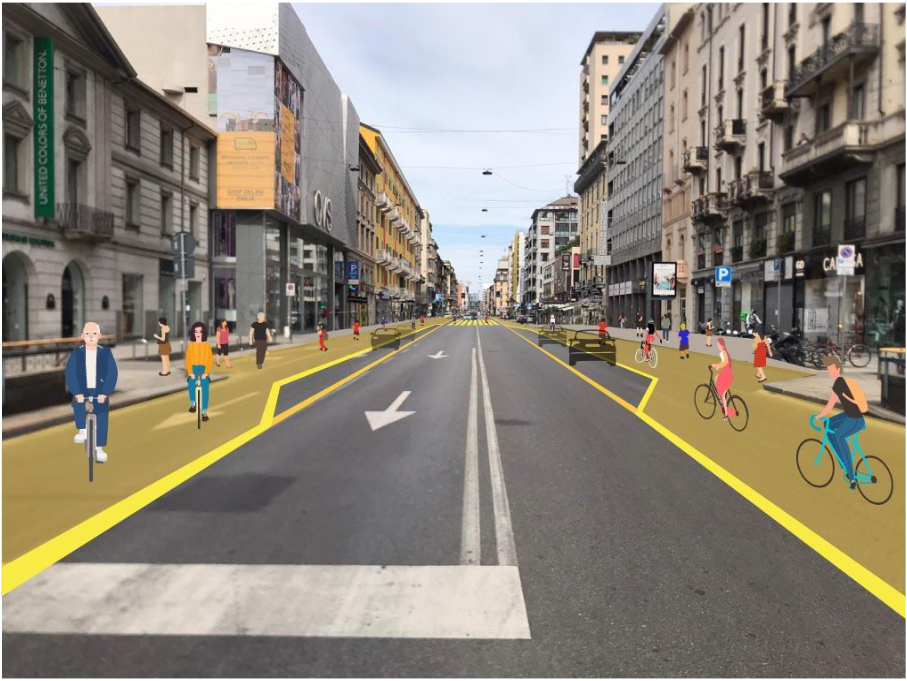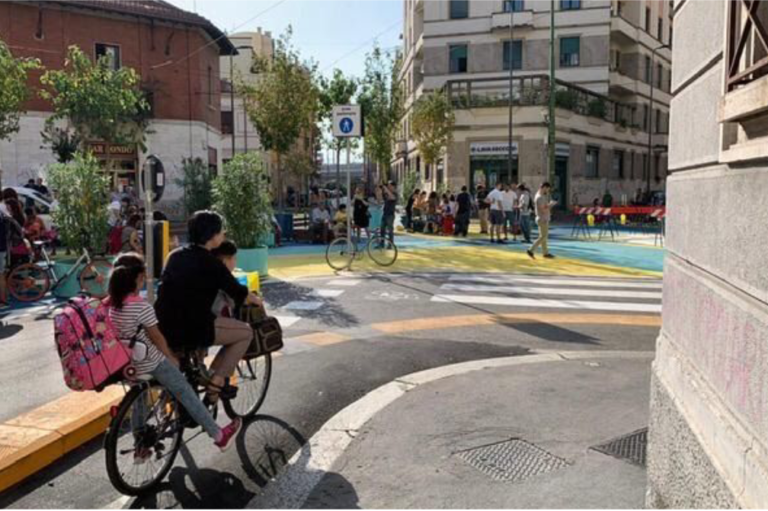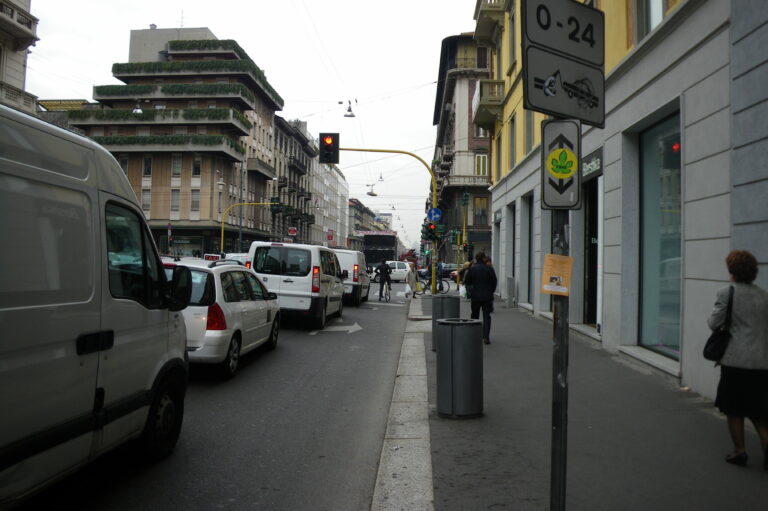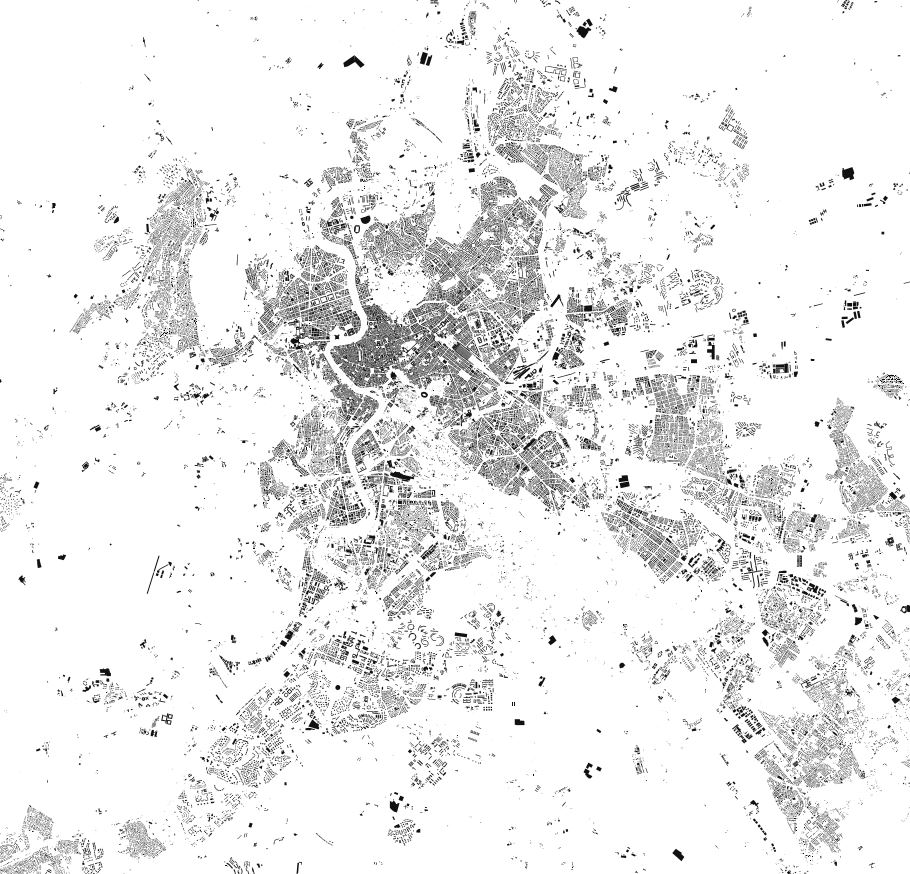
Perhaps the most famous urban development of lockdown times in the first half of 2020 are the countless pop-up bike lanes in many European and in other countries. To avoid public transport, many people have taken to their bikes. Former car lanes or narrow bike lanes have been transformed into bike lanes that are at least two metres wide. But will these pop-up interventions be able to survive the crisis? Let´s see how Milan solved the topic with the Strade Aperte programme.
Billboard
Skyscrapper
Halfpage
Pop-up bike lanes are part of a movement that is called tactical urbanism: short-term interventions for long-term change. The tactical goal of pop-up bike lanes is, in many cases, a long-term change in how traffic is planned. Similarly, parklets, “streateries” and other pop-up interventions want to change the urban design. They follow the idea of car-free cities or cities that at least prioritise pedestrians over cars. One example is the city of Milan in Italy: Can pop-up bike lanes create permanent change here?
Milan’s Strade Aperte programme
While in many cities, it is still unclear how successful the pop-up bike lanes will be, Milan in Italy is on the way to implement some of the insights from lockdown into urban planning. Tactical urbanism is at play here since the pop-up bike lanes will become permanent in a network of up to 35 additional kilometres under the premises of the Strade Aperte programme.
The idea of Strade Aperte (“open streets”) emerged during the first month of lockdown. The idea was to encourage cycling across busy streets such as Corso Venezia and Corso Buenos Aires. But in addition to that, the city council announced a scheme to further reduce car use even after the lockdown. Apart from allowing for spatial distancing, the programme is supposed to decrease traffic congestion and improve air quality.
These are the elements of the Strade Aperte plan:
- Low-cost temporary cycle lanes
- New and broader pavements
- 30 km/h speed limits
- Pedestrian and cyclist priority streets
Making pop-ups law
The city council of Milan asked Italy’s national government to make changes to the national traffic rules, which allowed for the quick creation of cycling paths. The current pop-up bike lanes in Milan are not part of the local traffic law yet, but they have been legalised. With the Strade Aperte programme, they will soon be a fixture in the streets.
While residents are still discussing the value of bike lanes, first problems are arising in Milan as summer holidays end and the city is filling up again. Many people still prefer their cars and it has been a struggle to enforce the correct use of bike lanes and smaller street lanes.
Milan’s city council is trying to make funds available for the purchase of electric bikes and scooters. At the same time, local train company Trenord made it illegal to take bikes on trains after some overcrowding incidents, which was a challenge especially for bike couriers. Thriving bike thefts and overworked maintenance shops soon showed that the enthusiasm for biking was hard to meet in terms of supply. Inspiration might be taken from France, where cities provided a subsidy of 50 euros for people to repair their old bikes in local workshops.
Medium Rectangle
Halfpage
The public reception of Strade Aperte
For tactical urbanism to achieve its goal, public opinion must be on its side. While interventions of this kind can be top-down, for long-term changes one will be much better off having the support of the citizens. In Milan, the public seems divided. Some think that the Strade Aperte programme has been implemented too quickly without understanding the actual problems in some of the main streets. The pop-up lanes have, in some areas, become dangerous to cyclists and car drivers alike. Street vendours and restaurants complain of having less space and the strong car lobby warns of traffic congestion.
But there is also a big faction of citizens who are in favour of the project. The city council has taken first steps and invited citizens for public meetings. Architects and residents have also come together to suggest some redesigns of public space under the Strade Aperte project. The programme is already running, but there is still room for tweaks and improvements.
In April 2020, the city council asked citizens for their ideas which resulted in almost 3,000 submissions. Requests included 30 km/h speed limits, more pedestrian spaces, new bike sharing stations in Milan’s outskirts and more bike lanes. The resulting Strade Aperte programme is therefore a mix of bottom-up and top-down engagement.
Comprehensive long-term change for Milan’s streets
While the bike lanes in Milan are intended to be temporary and funding is limited, a future retention of this infrastructure with a higher investment or more safety for cyclists is what many activists and planners hope for. The pop-ups have not yet become permanent, but an important first step, which is changing the public idea of cycling, is underway in Milan and many other cities. Apart from funding and making bike lanes official, politics play an important role, too. Next year’s local elections might change or even cancel the Strade Aperte programme, since the centre-right parties tend to favour the car lobby.
The example of Milan shows that while tactical urbanism can be successful in what it sets out to do, it is not a cure for everything. Despite having a great network of public transport, Milan’s culture is still very much linked to car ownership. The city also grapples with a lack of social housing. People living in the suburbs might profit from Strade Aperte while they are in city centre (is it only focused on the centre), but for their commutes, pedestrianised and bicycle-friendly paths are not the main worry. At the same time, projects like Strade Aperte tend to support gentrification, pricing locals out even further.
This is why experts call for a broader approach, which might be falling on fertile grounds now more than before recent developments. A 15-minute city, where it only takes 15 minutes to reach the workplace and essential services by public transport or bike, is and popular approach among Milan’s planners and architects. In a small and dense city like Milan, it could work. Combined with incentives for cycling, maintenance projects, improved housing close to city centre and a shift in priority towards people over cars, this more comprehensive approach could lead to long-term changes.
In the end, the success of Strade Aperte will come down to support from residents and to political will. While Milan’s current city council focuses on improved urban infrastructure, bike lanes and inter-modal transportation, this might change in the future. However, there is hope – in Milan and elsewhere – that the new popularity of cycling and of pedestrianisation of streets has at least started a new trend. Tactical urbanism can therefore serve as an instrument that influences urban planning in a sustainable manner.
But let’s not forget: Changing the public’s mind and opening them up to new ideas takes long-term tactics, citizen engagement and visionary political leadership. Currently, we are only seeing the beginning of comprehensive urban change in cities like Milan via the short-term pop-ups. It will be up to Milan to grab this opportunity for change.
















